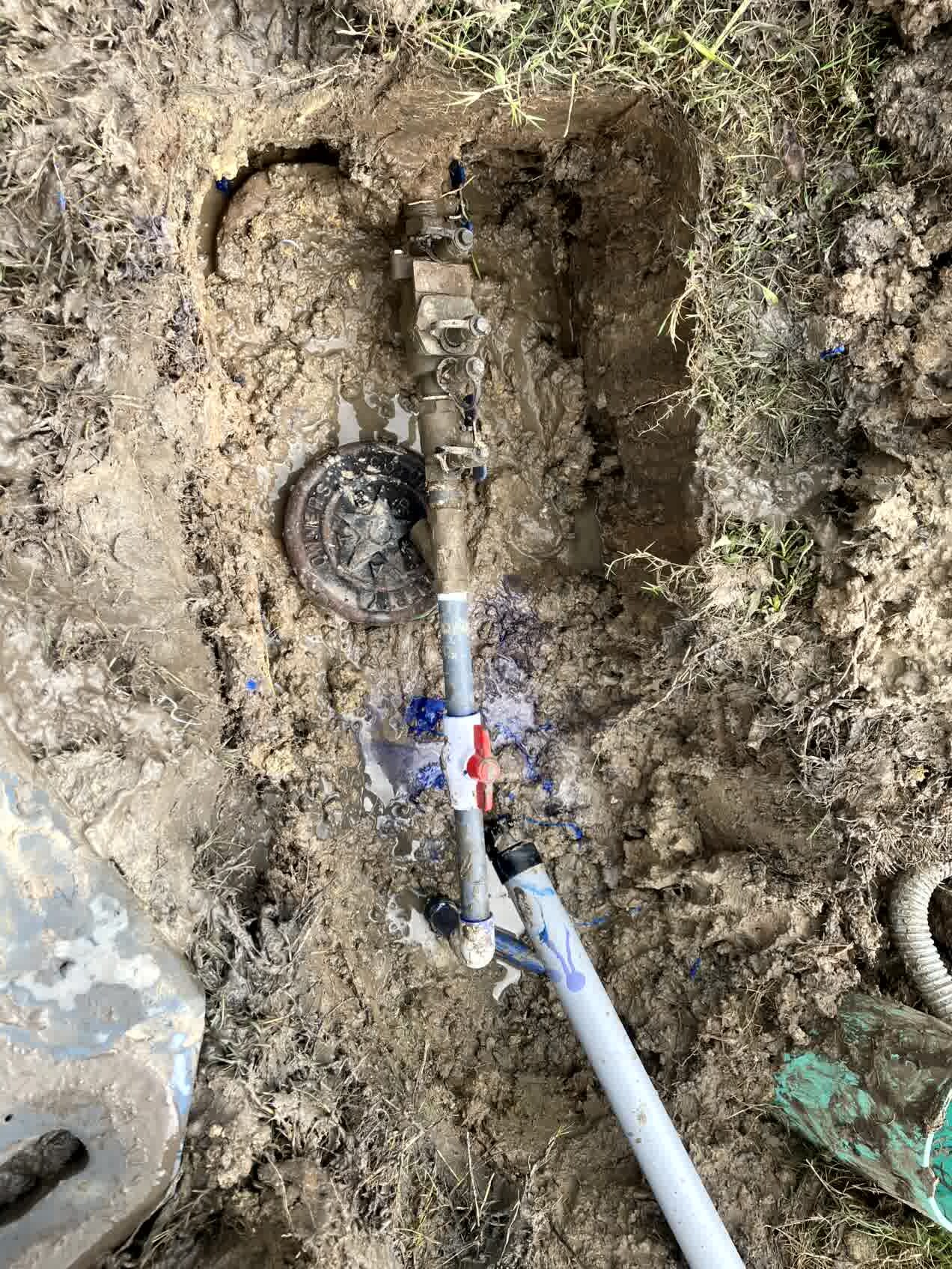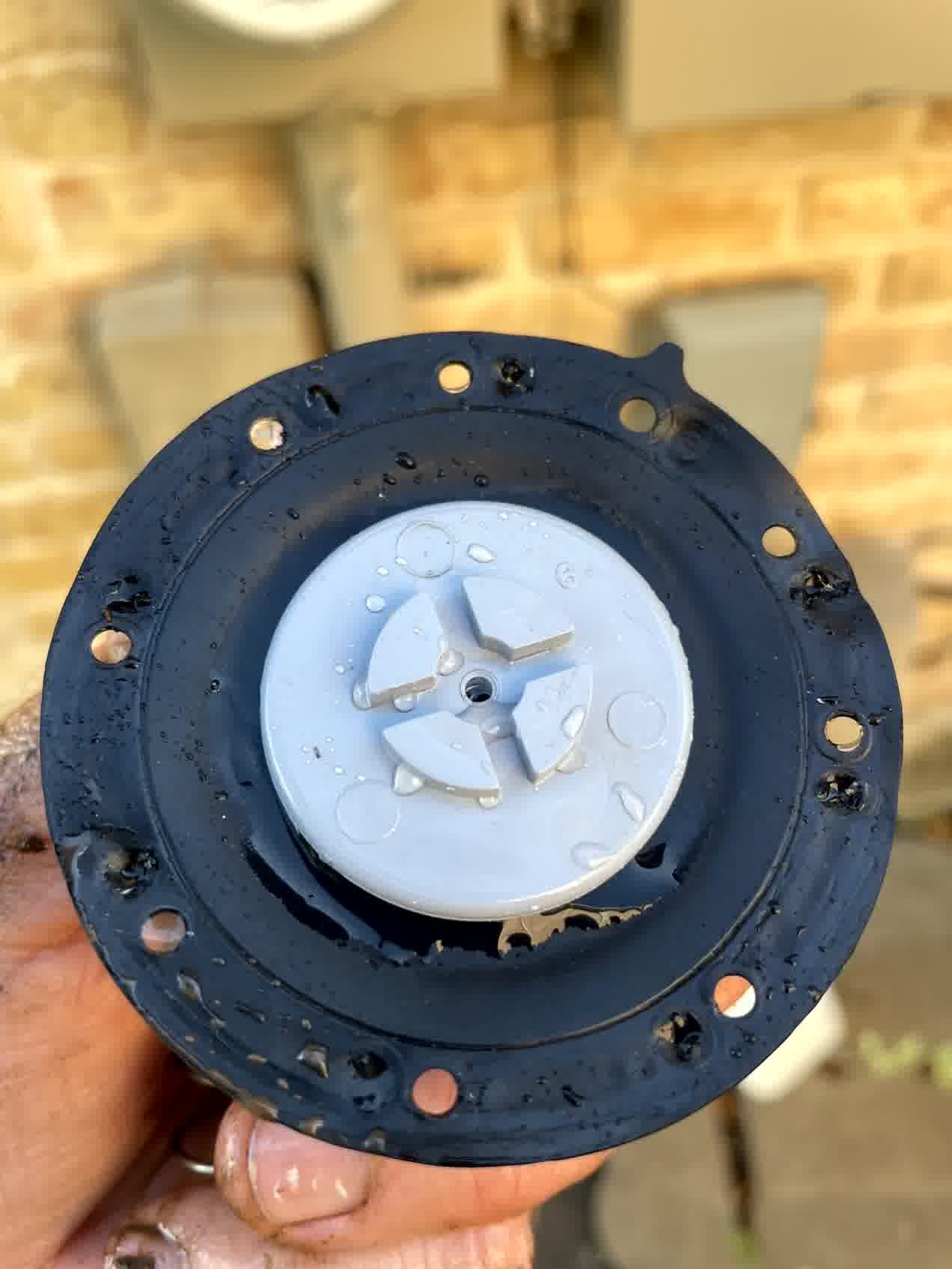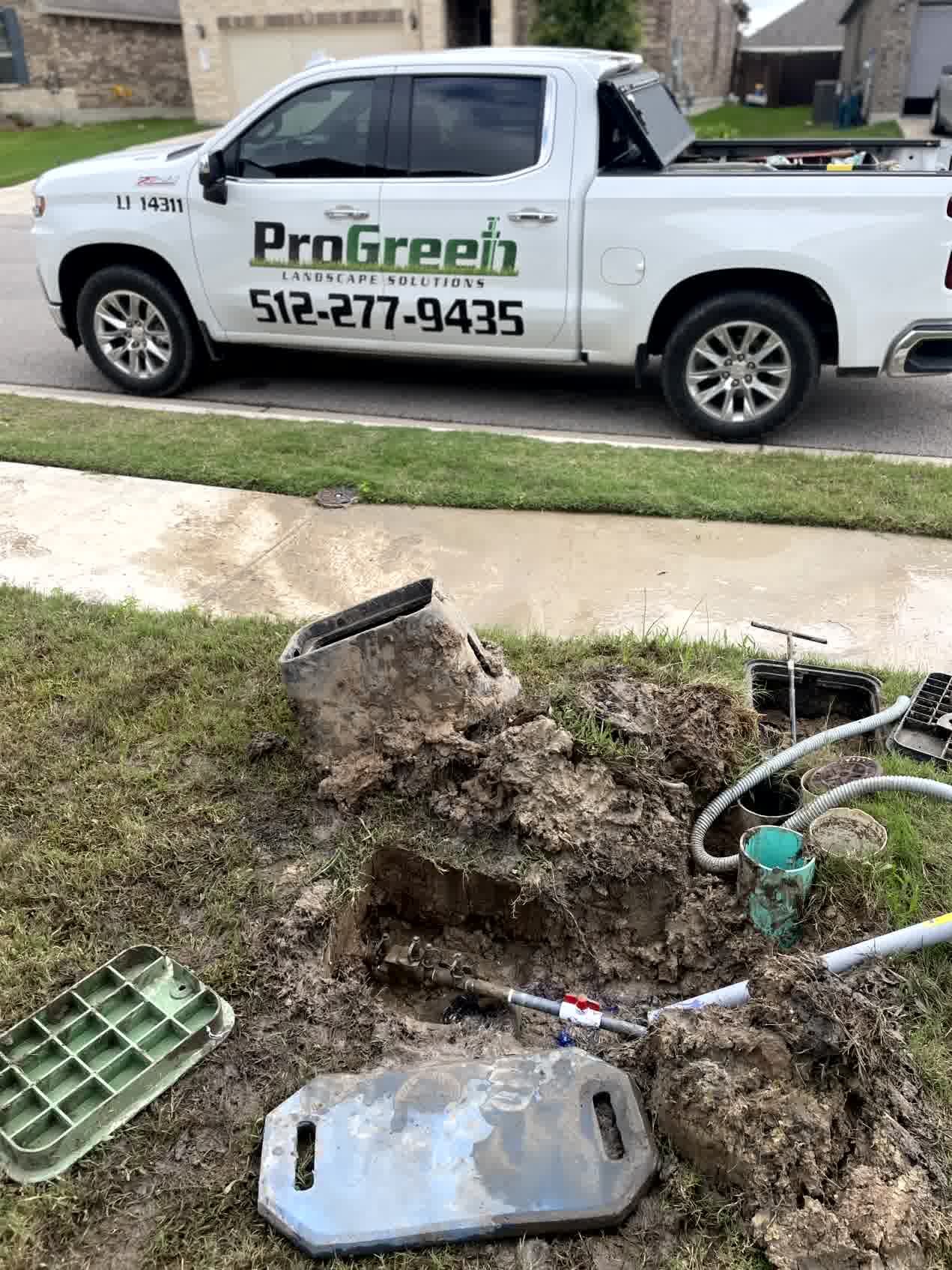Irrigation Insights For Spotting a Missing Irrigation Valve
Introduction:
October in Houston TX brings a gentler sun and cooler evenings, which is exactly when small irrigation problems start to become apparent. One of the sneakiest is a missing valve. This guide walks you through real-world clues, so you can distinguish between a simple quirk and a problem that requires immediate attention.
Tree Trimming Clues That Point To A Missing Irrigation Valve
Zones That Behave Strangely
When a sprinkler system runs even though the controller says everything is off, that is a red flag. Constant seepage from one head while the rest of the yard stays dry is another. Homeowners often assume this is a leaky head, yet the deeper cause can be a missing valve that used to control that branch. Without a valve to shut off the line, water can seep past under static pressure and appear as a slow, stubborn leak that never fully stops.
You might also see the opposite. A full zone refuses to activate, but heads just past the manifold still spit or hiss when nearby stations run. That odd crossover behavior points to a line that was once isolated by a valve but is no longer. The water finds paths of least resistance, and your landscape becomes the test site. If that sounds familiar, it is time to pause the guessing and plan an irrigation inspection or repair before grass stress turns into plant loss.
Coverage Patterns That Make No Sense
Look across your lawn after a watering cycle and picture the spray pattern you expect. If you notice a bright green strip along a driveway while the center of the yard appears dull and thirsty, it may not be a simple nozzle issue. A missing valve lets pressure dump into a section that should be isolated, so one area gets drenched while its neighbor gets shorted. This mismatch is confusing to the eye because it appears to be a combination of overwatering and underwatering simultaneously.
Another clue shows up in the timing. If a zone finishes and minutes later another patch of turf begins to glisten for no good reason, stray water is likely bleeding through lines that no longer have their own shutoff. Heads that mist or sputter when a different zone is active tell a similar story. These patterns are not just inconvenient. Left alone, they push roots shallow, invite fungus into the wet pockets, and starve shrubs that need steady, even moisture. An irrigation specialist can trace these symptoms back to the box where a valve used to be.

Diagnosing A Missing Valve At The Manifold
Clues Inside The Valve Box
Pop the lid on the valve box and take a slow, careful look. The space where a valve body should sit is the obvious giveaway; yet, the signs can be subtle as well. Capped PVC stubs with primer stains, dangling low-voltage wires that end in a wire nut with no solenoid attached, or a section of manifold that jumps from one tee to the next without a device in between are all meaningful clues. Mud stains around a blank segment of pipe can reveal something that once occupied that spot. Wire counts help as well. If your controller lists six stations but only five valves are present, you are missing hardware, or a full zone never existed. Sometimes the valve is buried under silt from a summer storm in Houston TX, especially after heavy downpours. If you cannot see the components cleanly, scoop gently, clear the view, and avoid yanking any wires. At this stage, a methodical irrigation inspection pays off. Document what you see with quick photos, then note which station numbers appear to have no matching valve in the box.
Controller And Meter Clues That Point To The Problem
Your controller can be a quiet truth teller. If Station 4 clicks on, you hear the relay, yet no solenoid chatter follows and no heads lift, that is a strong hint that there is no valve in play. Conversely, if water flows when the controller is in the off position, a valve is not present to hold pressure back on that leg. Walk to the street, peek at the water meter, and check for movement when the system should be idle. A slow spin with everything off often means bypassing a line that has lost its shutoff. Backflow devices can reveal it, too. If the downstream side remains pressurized at all times and a section of yard behaves as if it is live 24 hours a day, something that used to turn off the water is missing. Listen for faint hissing near the manifold. Sometimes you can hear water sliding through a pipe that is supposed to be closed. If any of this feels out of your comfort zone, that is normal. Calling an irrigation specialist to confirm the diagnosis is not overkill. It is smart protection for your landscape and water bill throughout Houston TX.

Why A Missing Valve Turns Small Issues Into Bigger Costs
Soil, Turf, And Plant Stress You Can See And Feel
Overwatered sections develop spongy soil that compacts underfoot. That squeezes oxygen from roots, and plants respond with yellowing leaves, along with slow growth. Nearby areas that stay too dry become brittle, and the turf blades fold inward to conserve moisture. It is a weird split personality for one yard. A missing valve drives this contrast because the system can no longer meter water with precision. The result is patchy color, weak root systems, and a yard that never quite looks settled. Shrubs and beds also tell the story. Drip lines tied into turf zones get soaked when they do not need it, which is how root rot sneaks in around foundation plantings. Perennials that normally thrive in the heat struggle after weeks of mixed moisture. Then weeds march through weakened turf, and the cycle gets expensive. Replacing plants costs more than fixing the control point that caused the chaos. Getting ahead of it with a timely irrigation inspection keeps the damage contained and the remedies simple.
Water Waste, Leaks, And Billing Surprises
A line without a working shutoff quietly leaks money. Even a slow trickle that never stops can push thousands of gallons through a month, so the water bill becomes the first unpleasant clue for many homeowners. That extra flow is not only wasteful. In certain neighborhoods around Houston, TX, it can draw attention if runoff reaches sidewalks or streets. Local rules on overspray and waste exist to protect storm drains and neighboring properties, and a missing valve makes compliance harder. Pressure ripple effects show up in unexpected places. A constantly live branch keeps diaphragms downstream in a stressed state, which accelerates wear on other valves and reduces the lifespan of the heads. That sets up chain-reaction repairs. It can also create a minor water hammer that rattles pipes and fittings after night cycles. None of this is about blame. Systems age, renovations happen, and sometimes a valve gets removed or never installed during a quick fix. The practical approach is to document symptoms, schedule a visit with a licensed irrigation specialist, and restore control so your system can function as intended.

Conclusion
If these signs feel familiar, you are not imagining things. A missing valve tends to hide until October’s softer weather exposes quirks in the schedule and pressure. Progreen Landscape Solutions can pinpoint the issue, replace the missing piece, and rebalance your zones so your landscape in Houston TX, breathes easily again.
Share a few details, ask your questions, and contact us when you are ready. The team will make it straightforward and respect your time from the first call to the final walkthrough. Contact us today to take back your yard!

"*" indicates required fields

